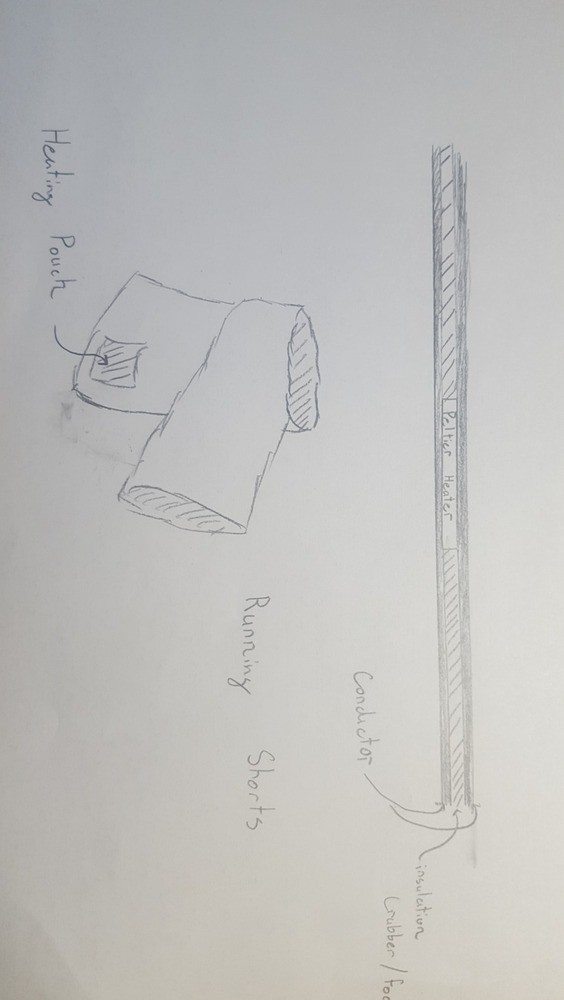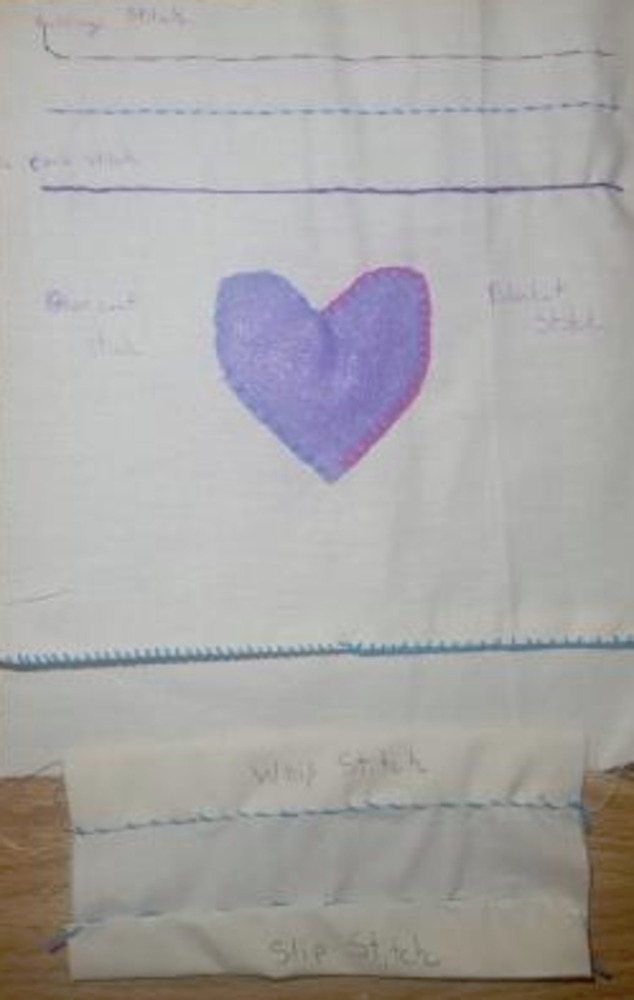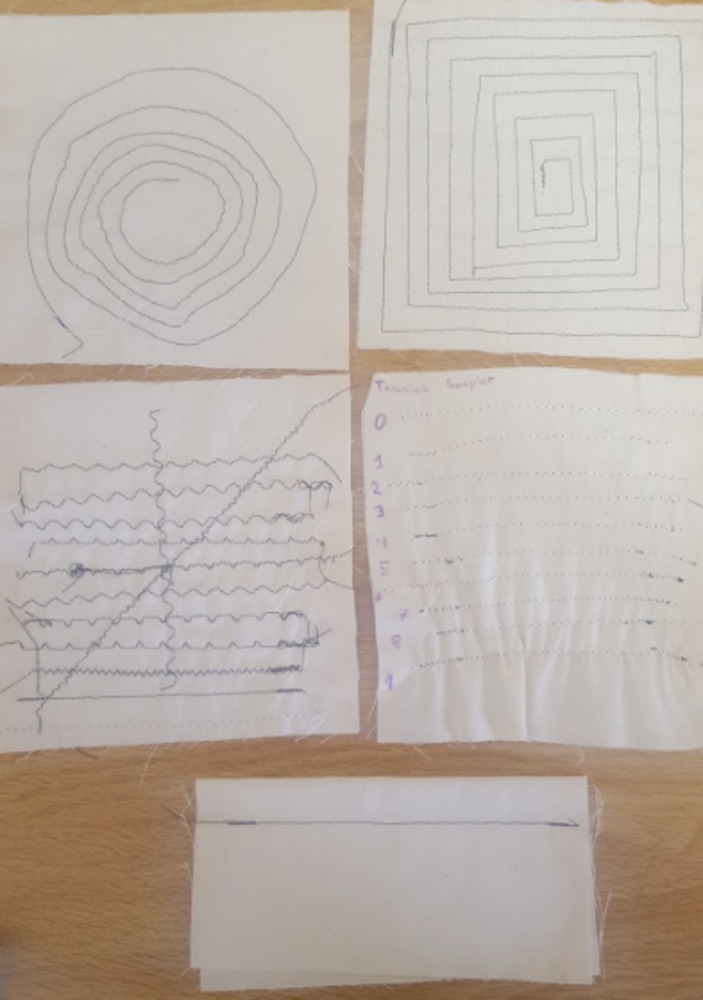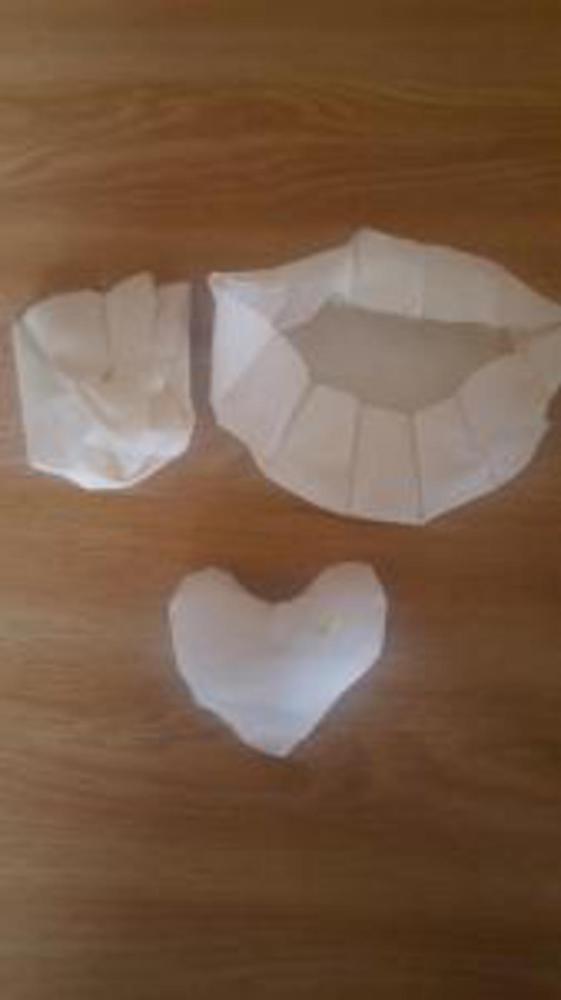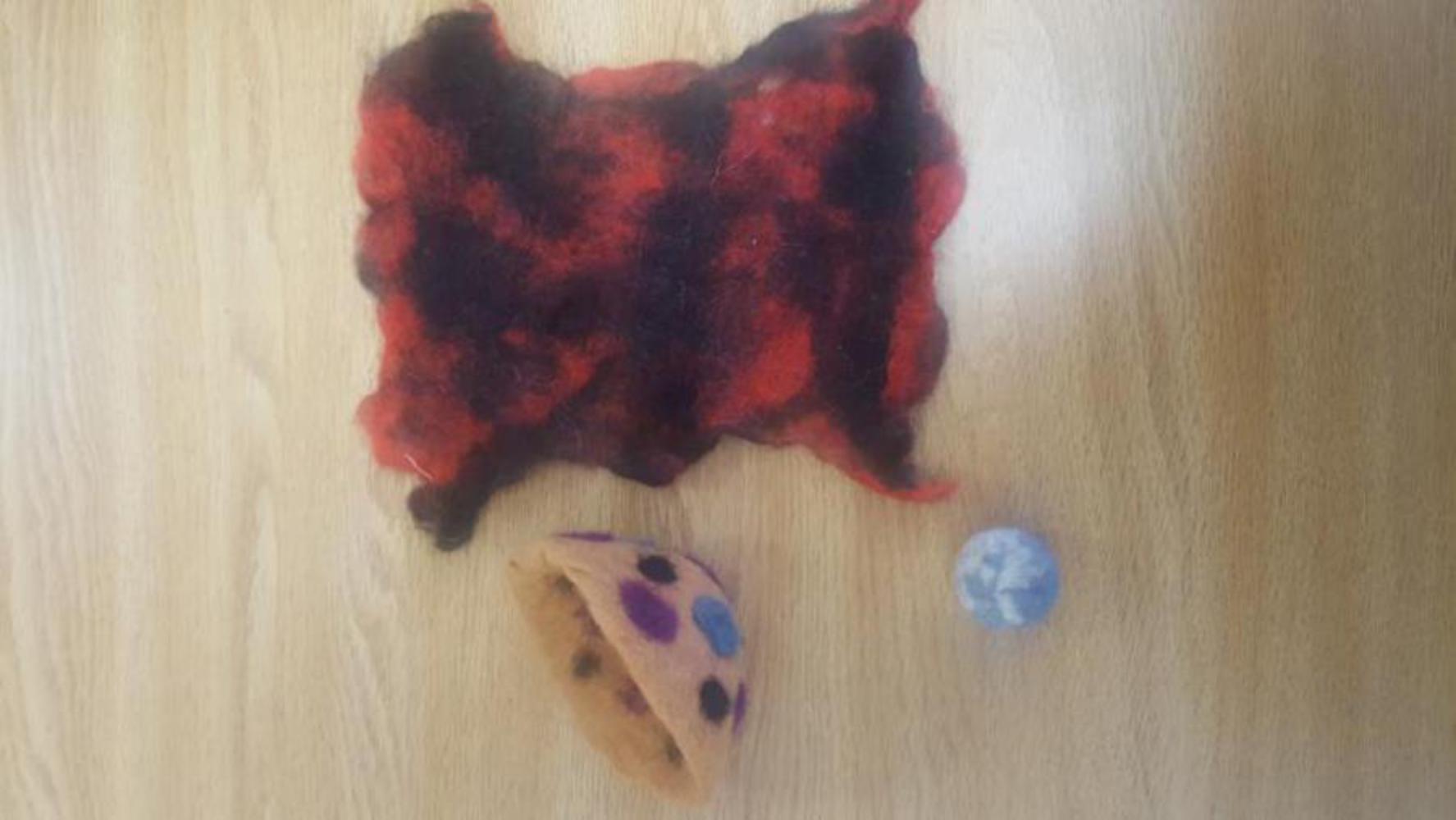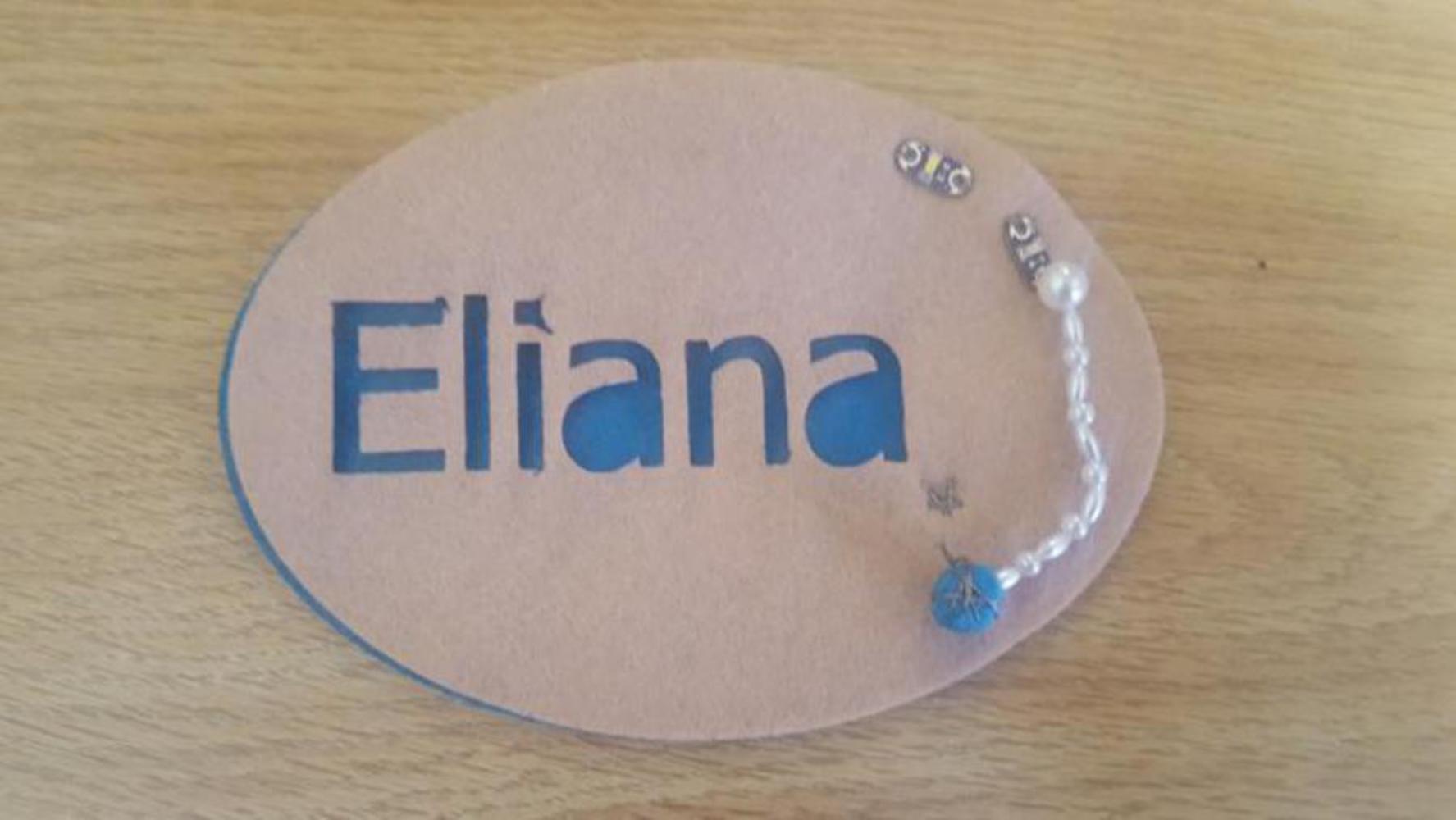Proposal
I am planning to combine the practical techniques learned in this class with a product I am developing in Soft Robotics. The idea is to create clothing, particularly under gear, that is made up of a thermally conductive fabric. The clothing will have sensors incorporated to read a persons body temperature - which will then communicate with a heating system to either increase or decrease the temperature of the clothing to properly regulate the human body temperature.
This has applications both for every-day use in terms of regulating temperature for athletes, but could also potentially have medical uses in monitoring temperature changes, as well as improving extreme-weather environments (like in eventual space travel).
